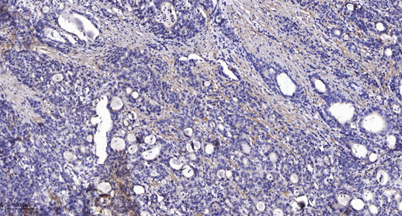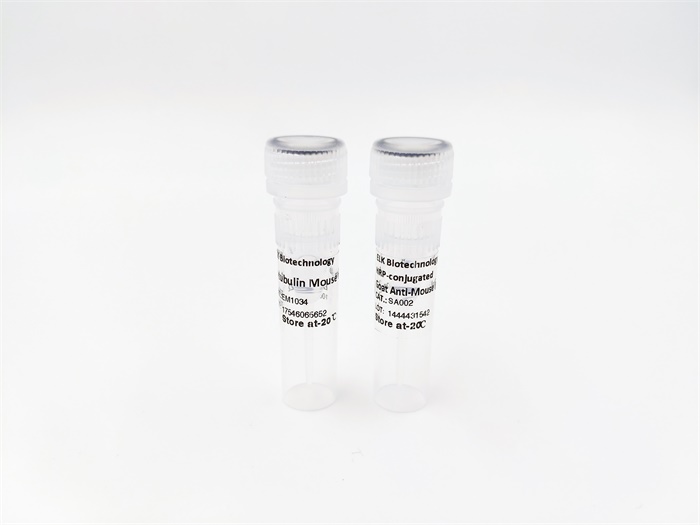







Kv2.1/KCNB1 rabbit pAb
 One-click to copy product information
One-click to copy product information$148.00/50µL $248.00/100µL
| 50 µL | $148.00 |
| 100 µL | $248.00 |
Overview
| Product name: | Kv2.1/KCNB1 rabbit pAb |
| Reactivity: | Human;Mouse;Rat |
| Alternative Names: | Potassium voltage-gated channel subfamily B member 1 (Delayed rectifier potassium channel 1) (DRK1) (h-DRK1) (Voltage-gated potassium channel subunit Kv2.1) |
| Source: | Rabbit |
| Dilutions: | WB 1:500-2000;IHC-p 1:50-300 |
| Immunogen: | Synthesized peptide derived from human Kv2.1/KCNB1 Polyclonal |
| Storage: | -20°C/1 year |
| Clonality: | Polyclonal |
| Isotype: | IgG |
| Concentration: | 1 mg/ml |
| Observed Band: | 95kD |
| GeneID: | 3745 |
| Human Swiss-Prot No: | Q14721 |
| Cellular localization: | Cell membrane . Perikaryon . Cell projection, axon . Cell projection, dendrite . Membrane; Multi-pass membrane protein. Cell junction, synapse, postsynaptic cell membrane . Cell junction, synapse . Cell junction, synapse, synaptosome . Lateral cell membrane . Cell membrane, sarcolemma . Localizes to high-density somatodendritic clusters and non-clustered sites on the surface of neocortical and hippocampal pyramidal neurons in a cortical actin cytoskeleton-dependent manner (PubMed:24477962). Localizes also to high-density clusters in the axon initial segment (AIS), at ankyrin-G-deficient sites, on the surface of neocortical and hippocampal pyramidal neurons (PubMed:24477962). KCNB1-containing AIS clusters localize either in close apposition to smooth endoplasmic reticulum cisternal organell |
| Background: | Voltage-gated potassium (Kv) channels represent the most complex class of voltage-gated ion channels from both functional and structural standpoints. Their diverse functions include regulating neurotransmitter release, heart rate, insulin secretion, neuronal excitability, epithelial electrolyte transport, smooth muscle contraction, and cell volume. Four sequence-related potassium channel genes - shaker, shaw, shab, and shal - have been identified in Drosophila, and each has been shown to have human homolog(s). This gene encodes a member of the potassium channel, voltage-gated, shab-related subfamily. This member is a delayed rectifier potassium channel and its activity is modulated by some other family members. [provided by RefSeq, Jul 2008], |
-
 Western blot analysis of various lysate, antibody was diluted at 1000. Secondary antibody(catalog#:RS0002) was diluted at 1:20000
Western blot analysis of various lysate, antibody was diluted at 1000. Secondary antibody(catalog#:RS0002) was diluted at 1:20000 -
 Immunohistochemical analysis of paraffin-embedded human Gastric adenocarcinoma. 1, Antibody was diluted at 1:200(4° overnight). 2, Tris-EDTA,pH9.0 was used for antigen retrieval. 3,Secondary antibody was diluted at 1:200(room temperature, 45min).
Immunohistochemical analysis of paraffin-embedded human Gastric adenocarcinoma. 1, Antibody was diluted at 1:200(4° overnight). 2, Tris-EDTA,pH9.0 was used for antigen retrieval. 3,Secondary antibody was diluted at 1:200(room temperature, 45min).

 Manual
Manual